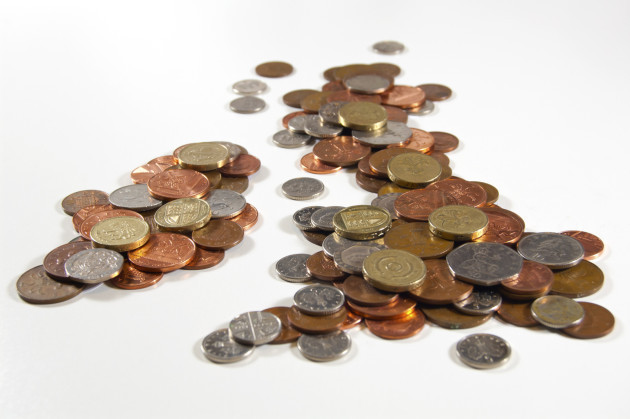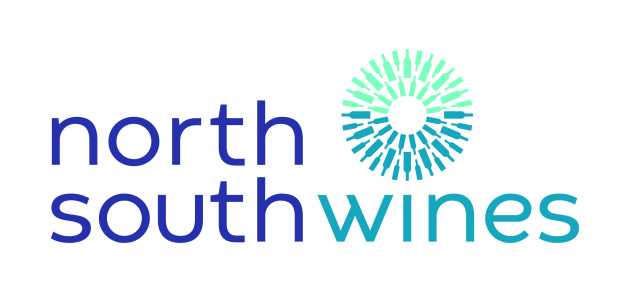
Government wine cellar sees reduction in usage but record boost in 2022-24
The government hospitality wine cellar’s latest biennial report, covering April 2022 to March 2024, outlines a restrained increase in bottle usage and a significant boost in revenue from sales.
Managed by the Foreign, Commonwealth & Development Office (FCDO) with oversight from the government wine committee, the wine cellar, located in the basement of Lancaster House in Westminster, supports official government events. The report indicates a focus on stock management, rising revenues from selective sales, and sustained use of British wines as central to the cellar’s operation.
The report shows a 4% increase in bottle usage, from 2,713 bottles in the previous period to 2,813 bottles in 2022-24, marking a return to pre-pandemic levels. In contrast, only 1,400 bottles were consumed during 2020-22, when Covid-19 restrictions limited in-person events. This uptick suggests a return to more regular government hospitality engagements, with the cellar contributing to official functions hosting both domestic and international guests.
British wines continue to make up the majority of bottles used, comprising 65% of stock in this period, up slightly from 64% previously. English sparkling wines, including producers such as Ridgeview, Nyetimber and Chapel Down, are a regular feature at events, reflecting a growing acceptance of English wines, particularly sparkling, at official engagements.
A key financial outcome in the 2022-24 period is a significant rise in revenue from wine sales, with total receipts reaching £82,015, up from £45,759 in the previous biennium. This increase was largely driven by surplus stock sales, totalling £49,890, compared to just £5,500 in the previous report. The Wine Committee’s guidance on selective sales has contributed to these gains, particularly through the sale of premium items no longer deemed essential to the cellar’s function. This revenue generation aligns with FCDO aims to keep the cellar self-financing.
The Committee’s oversight includes advising on stock sales and reinvesting in the cellar, although repayments from other government departments for wine usage fell from £40,259 to £32,125, reflecting lower internal demand.
The cellar’s purchasing approach in this period indicates an increased focus on quality, as seen in the rise of the average cost per bottle from £17.28 to £24.66. Overall spending on new stock rose slightly, from £47,327 to £49,862.
British wines, particularly English sparkling wines, continued as primary purchases, though the volume decreased from 1,536 bottles in 2022-23 to 384 bottles in 2023-24. Other acquisitions included white Burgundy, marking a broader trend toward purchasing wines with international recognition, as well as some higher-end selections that may appreciate over time.
As of March 2024, the cellar’s total stock stood at 31,090 bottles, a reduction from 32,234 bottles in 2022. While this marks a 3.5% decrease in overall stock. The estimated market value of the cellar’s contents declined slightly to £3.803m, from £3.941m in the prior report, with the cost value falling from £804,985 to £795,999.
Keywords:
- English sparkling wine
- stock management
- Government Wine Cellar
- Government Hospitality
- British wines
- strategic sales
- Foreign Commonwealth & Development Office
- Wine Committee
- selective purchases
- event needs
- diplomatic hospitality





